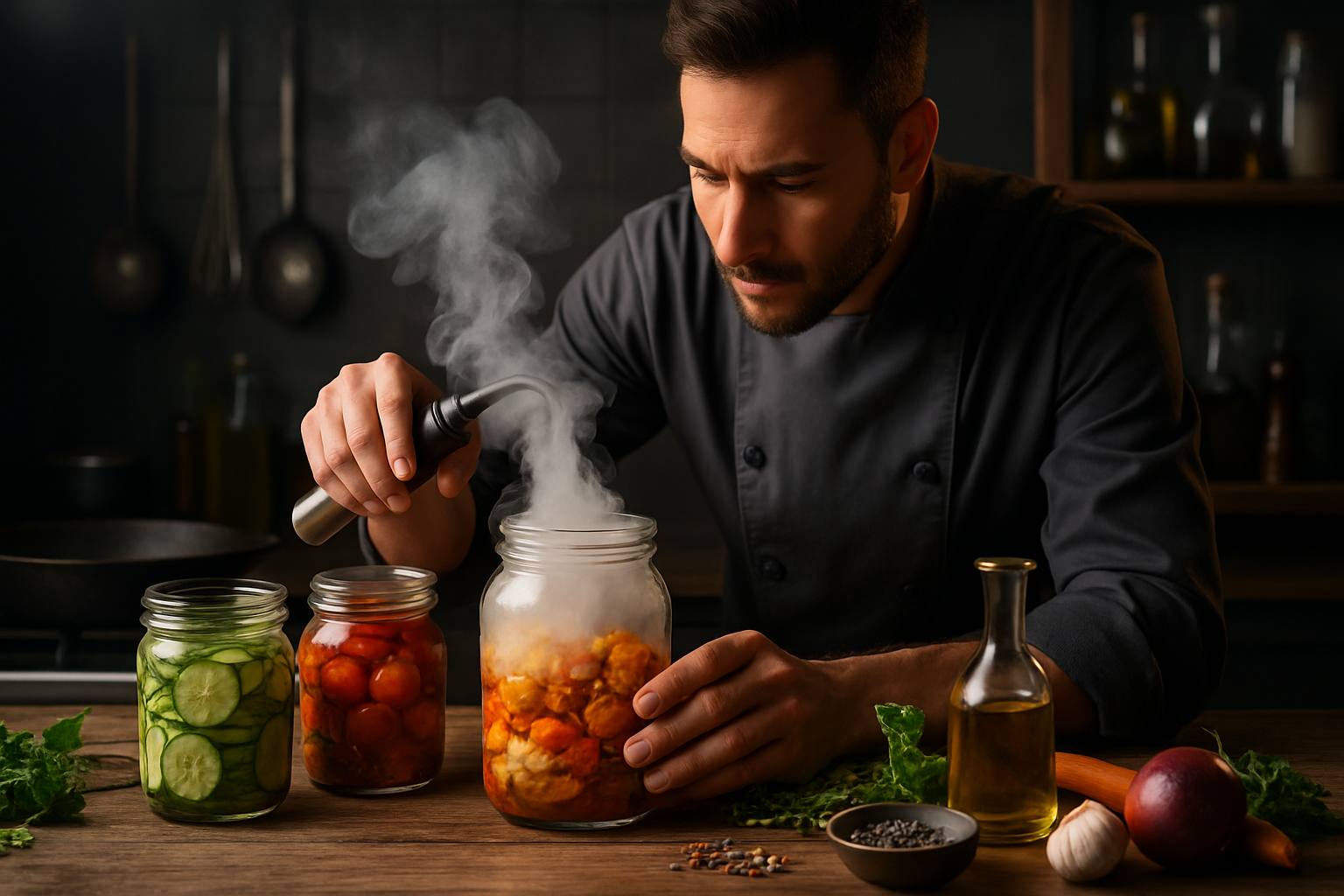Non-alcoholic options that enhance dining experiences
Non-alcoholic beverages can be as intentional and memorable as any cocktail when they reflect sustainability, seasonality and thoughtful pairing. This article explores how fermentation, upcycling and regional sourcing can deepen flavor, reduce waste and elevate menus for diners seeking sophisticated alcohol-free choices.

Non-alcoholic drinks are no longer an afterthought; they are deliberate components of a dining narrative that can highlight ingredients, reveal provenance and balance complex dishes. Chefs and beverage directors are expanding menus to include plant-based elixirs, low- and no-ABV craft drinks, and thoughtfully preserved flavors that respect seasonality and traceability. When non-alcoholic options are developed with the same care as wine or cocktails, they contribute to a cohesive dining experience that appeals to diverse guests while supporting sustainability and regional producers.
How does sustainability shape non-alcoholic options?
Sustainability influences ingredient choices, packaging, and production methods for non-alcoholic beverages. Sourcing local fruits, herbs and grains reduces transportation emissions and supports small producers. Menu decisions that favor seasonal and regional ingredients can lower carbon footprints and highlight terroir. Sustainable practices also extend to waste reduction: using whole fruits, composting byproducts, and choosing recyclable or reusable packaging. For operators focused on long-term viability, integrating sustainability into beverage development strengthens brand values and responds to diners who prioritize eco-conscious dining.
How does seasonality influence beverage menus?
Seasonality guides the flavor profile and freshness of non-alcoholic offerings. Menus that rotate with the seasons can showcase bright, citrus-led drinks in summer and warming, spiced infusions in winter. Seasonal availability encourages creativity—think preserved summer fruits in autumn or fermented root syrups in spring. Changing menus also provide guests with a sense of discovery and align beverages with the ingredients used on the plate, creating natural pairing opportunities and reinforcing a restaurant’s commitment to regional sourcing and ingredient-driven cooking.
What role does fermentation play in flavor?
Fermentation is a powerful tool for developing depth and complexity without alcohol. Techniques such as lacto-fermentation, koji fermentation, and fruit ferments create umami, acidity and layered aromas that can mimic the tactile interest of alcoholic drinks. Fermented shrubs, kombuchas, and barrel-aged vinegar tonics add body and savory notes that pair well with robust dishes. Fermentation also extends shelf life, enabling preservation of seasonal produce into the off-season while contributing beneficial microbes and nuanced flavor profiles to beverage programs.
How can upcycling reduce waste in drinks?
Upcycling turns kitchen byproducts into valuable beverage components, reducing waste and lowering costs. Spent coffee grounds can be infused into syrups, citrus peels become bittering agents for shrubs, and leftover vegetable scraps can be used for vinegars or broths. These techniques transform what would be discarded into distinctive, terroir-driven flavors for non-alcoholic drinks. Beyond environmental benefits, upcycling demonstrates a circular approach that resonates with consumers and offers operators creative leverage when designing a menu centered on resourcefulness and flavor integrity.
How to approach pairing non-alcoholic beverages with dishes?
Pairing non-alcoholic drinks with food requires attention to texture, acidity and aromatic intensity. For rich, fatty dishes, choose acidic or effervescent beverages to cleanse the palate—fermented shrubs or sparkling herb tonics work well. Delicate seafood benefits from light, citrus-forward infusions, while smoky or grilled flavors pair with savory, umami-rich ferments. Consider ingredient echoes—match a herb or citrus note from the plate with the beverage to create coherence. Thoughtful pairing enhances both the dish and the drink, making the overall meal feel deliberate and balanced.
How important is traceability and regional sourcing?
Traceability and regional sourcing provide transparency and storylines that diners value. Knowing where produce, botanicals and grains come from allows kitchens to build relationships with growers and design menus around local harvest cycles. Regional sourcing often yields fresher, more flavorful inputs and reduces transport-related emissions. For beverage programs, traceability can inform choices about preservation, fermentation starters and seasoning profiles, ensuring that drinks reflect place and season while meeting ethical and quality expectations.
Non-alcoholic beverage programs that integrate sustainability, seasonality, fermentation, upcycling and traceability create meaningful choices for diners and deepen the culinary conversation at the table. By treating non-alcoholic options as an intentional part of the menu—matched thoughtfully to ingredients and cooking techniques—restaurants can offer sophisticated, flavorful alternatives that appeal to a broad audience. Preservation methods and regional sourcing help maintain consistent quality and a sense of place across changing seasons, while creative pairing unlocks new ways for guests to experience a meal.





